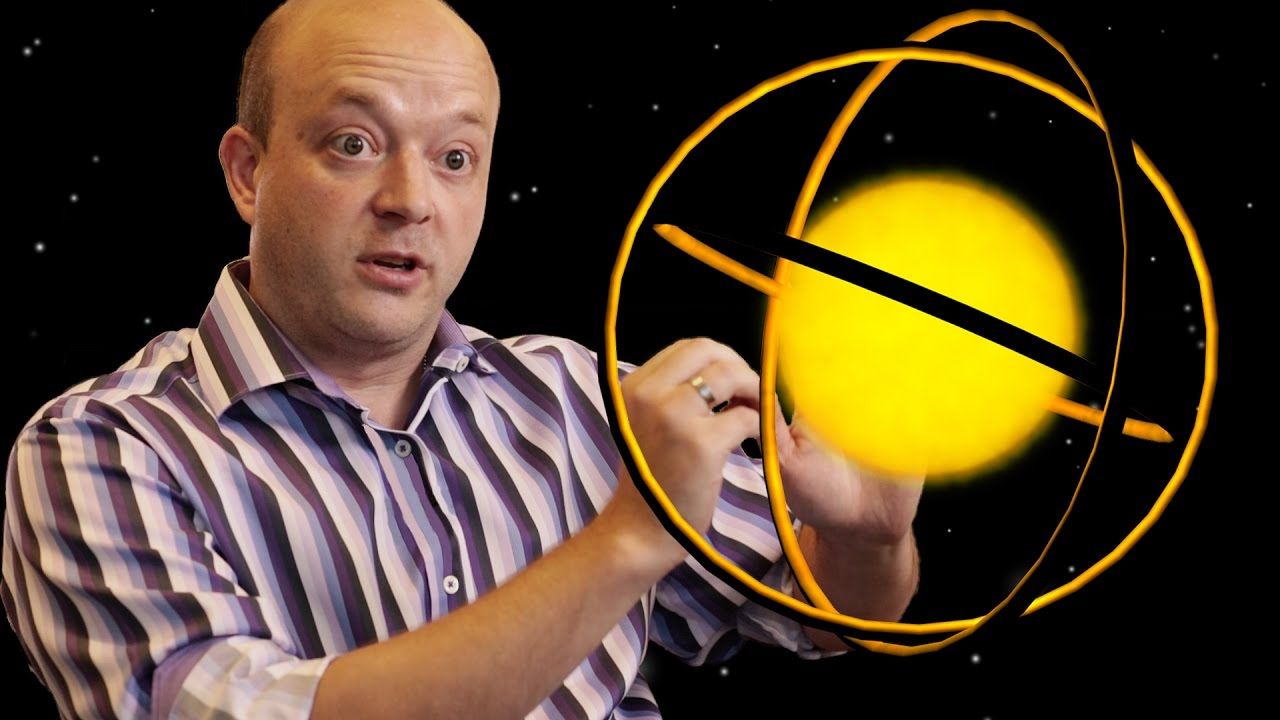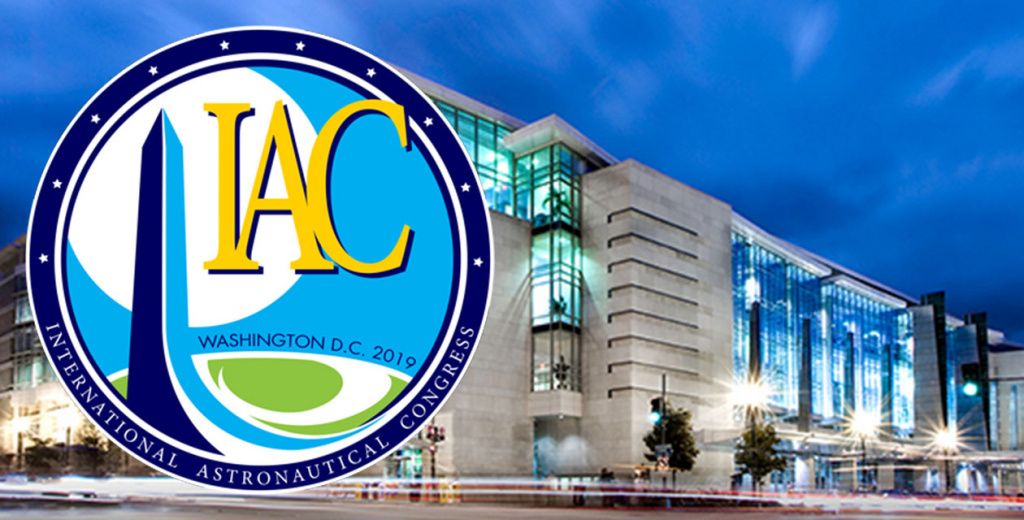Aliens Likely Have a Brain the Size of a Planet Compared With Us, Leading UFO-Hunter Says
Article by Shaun Wooller February 15, 2020 (thesun.co.uk)
• Dr Andrew Siemion of the University of California (pictured above) has launched a project using a huge telescope in New Mexico to hunt for advanced extraterrestrials. (see yesterday’s ExoArticle) Siemion expects this enormous telescope array to find evidence of intelligent beings before others find so much as a simple bacteria.
• His team, which includes folks from the SETI Institute, will tune in to tens of billions of radio signals above our heads, filter out the “noise” ie: signals from Earth and other known sources, and explore a larger area than other teams have around a planet.
• Dr Siemion told a conference audience that he believes aliens exist. Siemion expects to discover a radio signal from a distant civilization emitted as they search for us or as part of their daily life. “Our solar system is 4.7 billion years old and the universe is 13.5 billion years old,” noted Siemion. “So, surely the first civilization that we encounter [is] likely to have had technology far longer than we have, and would be much more technologically sophisticated.”
• Siemion thinks that the first aliens we encounter will have been around the galaxy billions of years longer than humans. They are likely to be extremely intelligent and more advanced than we humans. They will “undoubtedly” be more clever than humans. They may be floating around in something like the Star Wars’ Death Star with technology that makes our gadgets look Stone Aged.
The first aliens will have been around billions of years longer than humans, according to Dr Andrew Siemion, who is leading the search for ET-like creatures, and are likely to be extremely intelligent and more advanced than humans.
And he warned they will “undoubtedly” be more clever than humans, with technology that makes our gadgets look Stone Aged.
They may be floating around in something like the Star Wars’ Death Star that makes our technology look Stone Age, he claims.
Dr Siemion told a conference he believes aliens exist.
He added: “Our solar system is 4.7billion years old and the ¬universe is 13.5billion years old.
“So, surely the first civilisation that we encounter are likely to have had technology far longer than we have, and would be much more technologically sophisticated.”
FAIR USE NOTICE: This page contains copyrighted material the use of which has not been specifically authorized by the copyright owner. ExoNews.org distributes this material for the purpose of news reporting, educational research, comment and criticism, constituting Fair Use under 17 U.S.C § 107. Please contact the Editor at ExoNews with any copyright issue.




